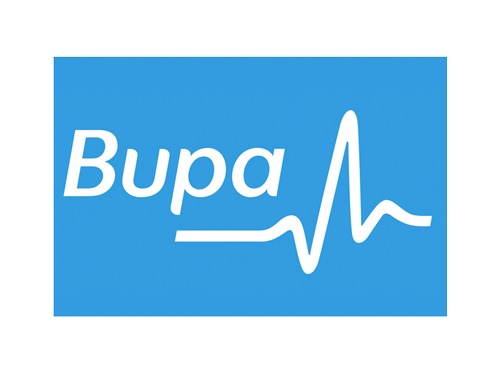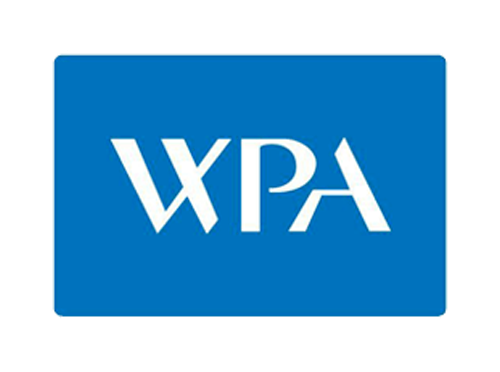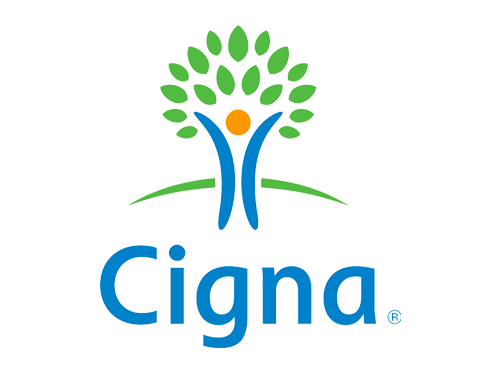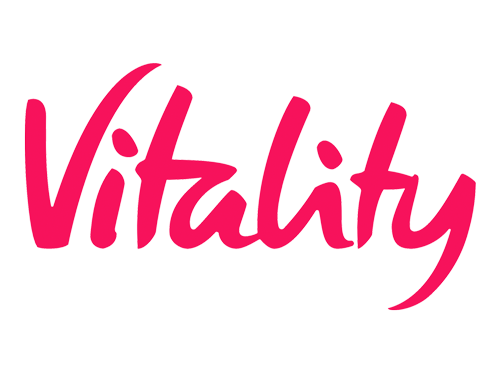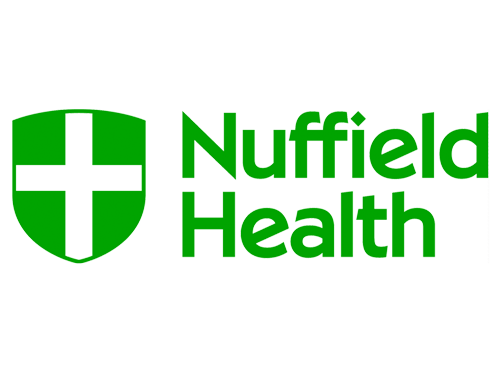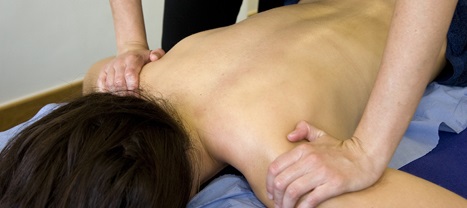Remedial Massage Putney
Welcome to Massage Putney for Remedial Massage in Putney SW15
Remedial massage in Putney offers targeted relief for various muscular and skeletal issues. This therapy uses specific techniques to address pain, injury recovery, and tension caused by everyday stressors. Many people find that it significantly improves their overall wellbeing and physical function.
Treatment varies from deep tissue work to gentle manipulation, making it suitable for a wide range of individuals, not just athletes. The process can alleviate discomfort from chronic issues and enhance flexibility and mobility. Individuals seeking to improve their quality of life may benefit from incorporating remedial massage into their routine.
Benefits of Remedial Massage
Remedial massage offers numerous advantages that aid in physical and mental well-being. It targets specific areas of discomfort and promotes overall recovery. The following benefits demonstrate its effectiveness in enhancing circulation, alleviating muscle tension, and improving recovery times.
Enhancing Circulation
Remedial massage techniques stimulate blood flow throughout the body. This increased circulation delivers essential nutrients and oxygen to muscles and tissues. Improved blood flow facilitates the removal of metabolic waste products, aiding in quicker recovery from exercise or injury.
Additionally, heightened circulation helps to maintain overall heart health. Techniques such as effleurage and petrissage are particularly effective in achieving these results, as they gently manipulate soft tissues. Regular sessions can significantly contribute to maintaining optimal circulatory health.
Alleviating Muscle Tension
Muscle tension can accumulate due to various factors, including stress, poor posture, or physical exertion. Remedial massage specifically targets tense areas, breaking down adhesions and promoting relaxation. Techniques like deep tissue massage and trigger point therapy work to relieve chronic tension.
By addressing specific knots and tight muscles, this form of massage allows for improved flexibility and range of motion. The release of tension not only provides immediate relief but can also prevent the recurrence of discomfort, enhancing overall quality of life.
Improving Recovery Times
For athletes or individuals recovering from injuries, remedial massage can significantly shorten recovery times. By enhancing lymphatic drainage and reducing muscle soreness, it accelerates the healing process. This is particularly beneficial for those with chronic pain or acute injuries, as regular treatment can facilitate faster rehabilitation.
Incorporating remedial massage into a rehabilitation programme allows for targeted care, improving overall treatment outcomes. It complements physical therapy by preparing muscles for activity and aiding in post-exercise recovery, making it an essential component for enhanced recovery strategies.
Common Remedial Massage Techniques
Remedial massage employs a range of techniques tailored to address specific musculoskeletal issues and promote recovery. Understanding these techniques helps individuals select the most appropriate treatment for their needs.
Deep Tissue Massage
Deep tissue massage focuses on realigning deeper layers of muscles and connective tissue. Therapists apply firm pressure and slow strokes to target chronic tension in the muscles and fascia.
This technique is especially effective for areas that are prone to stiffness, such as the back, neck, and shoulders. As the therapist works through the layers of muscle, they aim to release knots and improve circulation, which can alleviate pain and promote healing.
Patients often report a sense of relief after treatment, as deep tissue massage can significantly reduce muscle tension. It is vital for individuals to communicate their comfort level during the session to ensure optimal results.
Myofascial Release
Myofascial release is a gentle technique that focuses on releasing tension in the fascia, the connective tissue surrounding muscles and joints. Therapists use sustained pressure on specific areas to eliminate restrictions and improve mobility.
This method is beneficial for individuals experiencing pain related to postural issues or repetitive strain injuries. By releasing tight fascia, myofascial release can enhance flexibility and restore proper movement patterns.
Patients may notice improved range of motion and a reduction in discomfort following a session. This technique is often complemented by stretching exercises to maintain the benefits gained during treatment.
Trigger Point Therapy
Trigger point therapy targets specific areas of muscle that are hyperirritable and can refer pain to other parts of the body. These “trigger points” often develop due to muscle overuse, stress, or poor posture.
By applying direct pressure to these points, therapists can relieve tension and pain. This targeted approach not only alleviates discomfort but also helps prevent chronic issues from developing.
Patients typically experience a reduction in referred pain and an overall sense of relaxation. Ongoing treatment may be necessary to manage chronic trigger points effectively, emphasising the importance of regular sessions for long-term relief.
Preparing for Your Massage Session
Preparation plays a crucial role in enhancing the overall experience of a remedial massage. Understanding how to prepare can help the client optimise their comfort and satisfaction during the session.
What to Wear
Choosing the right attire is essential for a massage session. It is advisable to wear loose, comfortable clothing that allows for a full range of movement. Ideally, clients should opt for natural fabrics such as cotton, which are breathable and promote relaxation.
- For women: A sports bra or comfortable top with leggings is recommended. This choice supports ease during various techniques.
- For men: Loose-fitting shorts or tracksuit bottoms are suitable. Avoid tight or restrictive clothing that may hinder movement.
Clients should avoid wearing heavy accessories, such as watches or necklaces, which can be uncomfortable during the treatment.
Pre-Session Practices
Before the massage, certain practices can enhance the effectiveness of the treatment. Hydration is vital; clients should drink plenty of water in the hours leading up to their appointment. Being adequately hydrated helps muscle tissues respond better to treatment.
It is also beneficial for clients to communicate any specific areas of concern or tension to the therapist. This conversation can occur during the initial consultation or beforehand, ensuring a tailored experience.
Finally, clients should aim to arrive a little early. This provides time to complete any necessary paperwork and helps to minimise stress before the session begins.
Frequently Asked Questions
This section addresses important queries related to remedial massage in Putney. It covers distinctions between types of massage, cost considerations, service evaluation criteria, and what to expect during a session.
What distinguishes a relaxation massage from a remedial massage?
A relaxation massage focuses on promoting general relaxation and stress relief through gentle techniques. In contrast, a remedial massage targets specific muscular problems, injuries, or dysfunction, employing deeper pressure and various techniques to alleviate pain and restore functionality.
What should one expect from a full-body remedial massage experience in Putney?
During a full-body remedial massage, the therapist will conduct an initial consultation to assess the client’s needs. Clients can expect a thorough treatment that addresses specific pain areas while promoting overall relaxation, using techniques tailored to their individual requirements.
How does a sports massage differ from a general remedial massage?
A sports massage is specifically designed for athletes or active individuals, focusing on preventing or treating sports-related injuries. While general remedial massage addresses a wide range of muscular issues, sports massage incorporates techniques suited for physical activity recovery, flexibility enhancement, and performance optimisation.
Remedial Massage SW15
The Massage Therapist will trace the pain or injury back to the original area of damage, and use specialised massage techniques to break down the scar tissue and encourage it to reform in a way that encourages mobility. Massage will also encourage and support the body’s own healing and repair mechanisms. Secondary damage will be treated in the same way, in order to restore biomechanical balance and to prevent recurrence of the problem.

